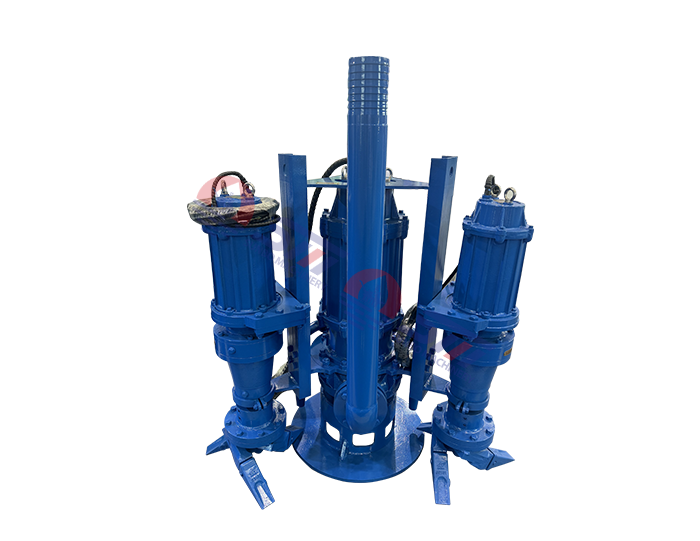The Versatility and Applications of Submersible Slurry Pumps
Submersible slurry pumps are essential in industries that handle challenging and abrasive fluids. With their robust design and adaptability, these pumps have transformed how mining, dredging, and wastewater treatment processes are managed. This article explores the uses, benefits, and technological advancements surrounding submersible slurry pumps, highlighting their importance in various sectors.
What Is a Submersible Slurry Pump?
A submersible slurry pump is a type of pump designed to operate fully submerged in liquid. Its primary purpose is to move a slurry—a mixture of water and solid particles—efficiently. Unlike other pumps, submersible slurry pumps are built to withstand abrasive materials and harsh environments, making them indispensable for specific industrial applications.
These pumps are typically equipped with wear-resistant components, including impellers and casing, that can endure the continuous impact of particles. The submersible nature of these pumps ensures they remain cool during operation, preventing damage from overheating and extending their lifespan.
Key Benefits of Submersible Slurry Pumps
High Efficiency: Submersible slurry pumps are highly efficient at transferring dense and abrasive slurries. Their ability to function while fully submerged reduces the risk of air entrainment and improves suction.
Durability: Constructed with durable materials like cast iron, stainless steel, or specially engineered alloys, submersible slurry pumps resist wear and corrosion over prolonged use.
Compact Design: Unlike traditional surface-mounted pumps, submersible slurry pumps are compact, which makes them ideal for operations where space is limited.
Primary Applications of Submersible Slurry Pumps
Mining and Mineral Processing: In mining, submersible slurry pumps are essential for transporting slurry from excavation sites to processing facilities. They handle the movement of mineral-laden slurries, tailings, and waste materials with ease.
Dredging: Submersible slurry pumps are commonly used in dredging projects to remove sediment and debris from the bottom of bodies of water. Their ability to handle solids makes them ideal for maintaining waterways and harbors.
Wastewater Treatment: Industrial and municipal wastewater facilities rely on submersible slurry pumps to move sludge and other thick fluids through the treatment process. Their efficiency ensures that these facilities can handle high volumes of waste without blockages.
Construction Sites: For dewatering and moving slurry in construction projects, submersible slurry pumps are often used to manage water containing soil or construction debris.
Advancements in Submersible Slurry Pump Technology
Modern submersible slurry pumps have seen significant improvements due to technological advancements. Enhanced wear-resistant coatings and materials have increased pump lifespans and reduced maintenance costs. Additionally, innovations in motor efficiency have led to energy savings, making submersible slurry pumps more eco-friendly.
Smart monitoring systems are another breakthrough in the field. These systems can track the pump’s performance, alerting operators to potential issues such as wear or blockages. Such advancements improve reliability and operational efficiency, providing a comprehensive solution for industries that depend on continuous and reliable slurry management.
Conclusion
The submersible slurry pump has proven itself as an essential tool in numerous industries. With a combination of strength, efficiency, and technological enhancements, these pumps ensure the smooth handling of abrasive and dense materials. As industries continue to evolve, the submersible slurry pump remains a critical asset for maintaining productivity and resilience in demanding environments.
If you are interested in sending in a Guest Blogger Submission,welcome to write for us!




Comments
0